Amongst the numerous prominent residents of Port Elizabeth over the past two centuries such as Chase, Paterson and Korsten who deserve to be recognised for their deeds and works is one who is virtually unknown to all but a handful of people in Port Elizabeth, and that is Harold Bayldon Smith. Who you may ask is Harold and why does he deserve that recognition?
In writing the biography on the Rev. Francis McCleland, I came across the name HB Smith who owned No. 7 Castle Hill for a period of 24 years from 1938 to 1962. In doing so, he was unremarkable yet within the past month I have pealed away the layers of his life to reveal a civic minded man whose mission it became to save the oldest existing house in Port Elizabeth.
In that quest he was successful, but it was a close-run thing as HB Smith would pass away two months after the final jigsaw pieces were in place. Both as a member of the McCleland clan and an ex-resident of Port Elizabeth, I decided to honour this remarkable man who rightly should be placed in the pantheon of honourable citizens whose foresight and actions deserve to be recalled.
Main picture: Harold Balydon Smith
A life well lived
Mr Harold Balydon Smith died early in the morning of Saturday, 15th December 1962 at his home No. 7 Castle Hill, Port Elizabeth after a short illness. Three days later he was buried in his family’s plot in the South End Cemetery. So ended a full life which commenced in Glasgow, Scotland in the year 1878. Ten years earlier his father, George Smith, then still a bachelor, had left Port Elizabeth in search of greater fortune in Australia. With the antipodes not providing the life that he desired, he returned to his native Clyde to marry and settle down.
Fortunately for Port Elizabeth, the call of Algoa Bay was stronger and at the age of three years, the baby Harold saw for the first time the town which he would watch grow into a prosperous town. When he reached school going age, he began his studies in the Diocesan Grammar School on the corner of Western Road and Belmont Terrace. Here he won many prizes before departing at the age of 13 to study at the Bedford Grammar School in England. He returned a year later in 1892 and attended the Grey Institute in Belmont Terrace until he was fifteen when he was apprenticed to his father in the well-established firm of Pinchin and Smith, Engineers and Land Surveyors.
A year later he was further apprenticed for a period of three years to a firm of architects in Glasgow, after which he returned to Port Elizabeth to serve in his father’s office. By the time that he was 25, he had successfully studied trigonometrical surveying at St. Andrews College in Grahamstown and proven his practical ability to the satisfaction of the Surveyor-General in Cape Town. He had also served in the Town Guard and later was admitted to the Royal Institute of British Architects.

Meanwhile his father’s partner, Mr Robert Pinchin, died, and with a new partner, James Dewar, the firm of Smith, Sons and Dewar was formed. In 1904 he carried out much of the survey work in connection with the building of the railway from Port Elizabeth to Avontuur. Ten years later he married May Marguerite Matson (nee Thomson), a widow whom he had met a year previously aboard the ship in which she was travelling to Australia.
When he was 48, he fulfilled a long-cherished dream of purchasing a fruit farm in the Langkloof which district had doubtless captured his imagination while he was working on the railway project. He was unable to give farming the attention that he would have bestowed on it and regretfully sold it nine years later. Nevertheless, to the end of his days he maintained a close and affectionate contact with Redclyffe, as he had named the farm and fortunately was able to pay it what was in effect a valedictory visit only four months before his death.
Note: HB is wearing his Panama hat, is holding what could be rolled up building/architectural plans, and you will notice his satchel across his chest
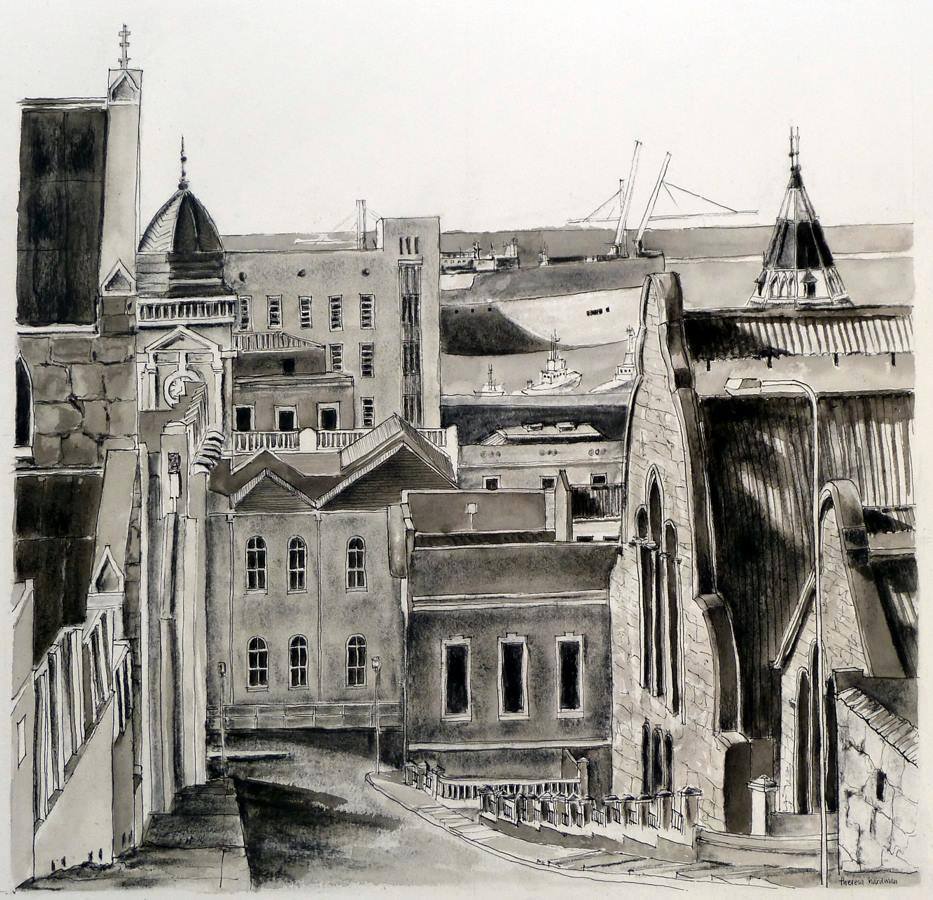
In 1933 he made a valiant attempt to stay in England, where his two sons were at school. He had retired from the family business in 1932 but found English life too cramped and English winters to uncomfortable and unbearable. By 1936 he had abandoned the attempt and, leaving his wife to take care of Norman, had fled back to his beloved Algoa Bay and sunshine, taking the elder boy with him.

He purchased No. 7 Castle Hill in 1938 to save it from demolition. Knowing much of its history then, he realised that it was fallen on desperate times and resolved to make it a comfortable home. Smith was successful in turning the fortunes of the house around. Nonetheless he found joy in the restoration even if it was backbreaking work. The only serious disconcerting event occurred in 1941 when his son, Matthew, serving aboard HMS Gloucester off Crete, disappeared never to be seen again.
Harold’s health began imperceptibly to deteriorate after a major operation at 71. In 1952 his wife died but the beginnings of a family of granddaughters provided solace and considerable distraction. He had found himself unable to accept complete retirement and after his final return from England, had evolved a fairly rigid routine. This comprised rising with the sun and, after a cup of coffee, driving down to the S-bend at Humewood for a swim. This continued until the age of 75.
After an 8 o’clock breakfast, he walked to his old office at No.11, Constitution Hill, where he spent the mornings in a consultative capacity upon which he could effortlessly concentrate his phenomenal memory. Regularly at noon he visited the Public Library where he would browse in the Subscribers’ Reading Room until 12:30 when he left to walk up Castle Hill to his home at No. 7.

His attire was unusual but comfortable. He could always be seen in khaki shorts and stockings, a bush shirt with a canvas satchel slung over one shoulder, the battered briar pipe and crowning it all, a white Panama hat.
Always invisible and unavailable from 2 to 4pm, he disarmingly stated when questioned about it that he did not want to get into people’s way when in fact he was horizontally reclined on his bed. After afternoon tea, he could be seen watering his garden, entertaining visitors with excerpts from his colossal store of anecdotes.
When he fell and broke his leg in 1960, much of this activity came to an end. The bones did not knit easily, and he never again trusted them to carry him up or down Castle Hill but the energy unspent in his body continued unabated in his mind. However his willpower and his intellect remained intact to the end.
His eighty-four years closed, as he wished, in the house which he had reclaimed almost from the breaker’s hands.

Note: This information is derived from various documents and online sources. Because of the lack of synchronicity between UK and SA academic cycles, and because HB was born at the end of the year (in November), some of the years run from one to the next, making exact dates and ages a little difficult to pin down! Notwithstanding that it does provide a deeper understanding by pulling all the threads together and achieve a clearer picture of his life.

Addendum
In 1877 there were two George Smiths [HB’s father’s name] living in Port Elizabeth. Whether the George Smith of 18 Constitution Hill or 15 Bird St was HB’s father, cannot be ascertained but nobody is sure whether the GW Smiths were actually resident in PE for the year 1877. 1877 was the year before HB’s birth, born in Glasgow on 13th November 1878, and at age 2 (i.e. ort 1880), was `brought to his parents’ home in Port Elizabeth where he resided until 1892.
In 1877, HB’s father George William had been married to Rosetta Bayldon nee Ternouth for a year (married in London 1876 but they had met in Australia), but he had been surveying the PE/Grahamstown and PE/Uitenhage railway lines around 1862, and the Cape Town/Wellington one prior to those. In 1868 he had sailed to Australia to do more surveying work, so was no longer in PE. He returned to Scotland in 1870, where he worked on railway construction, followed by extensive mining adventures in Canada, Spain among others.
GW was clearly back in SA in the early 1880’s, as he was `much in demand’ on the Witwatersrand goldfields, & then Jubilee Creek in Knysna…
In 1892 HB left PE for England, where he attended a Public School for one year, and returned to PE, and in the early days of 1900, he returned to study architecture in London. So as you see, there was much moving around in those days, despite the only travel option being lengthy ship journeys !
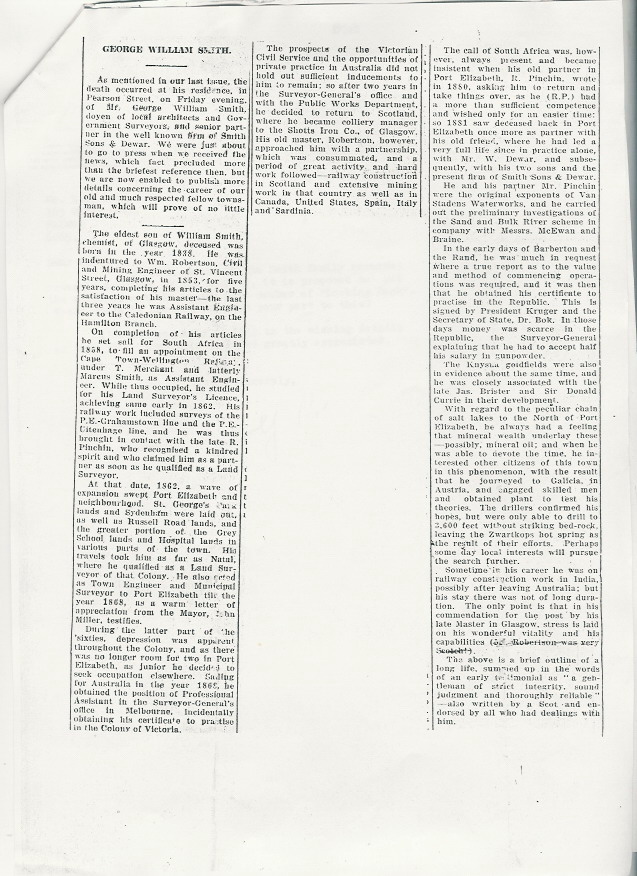
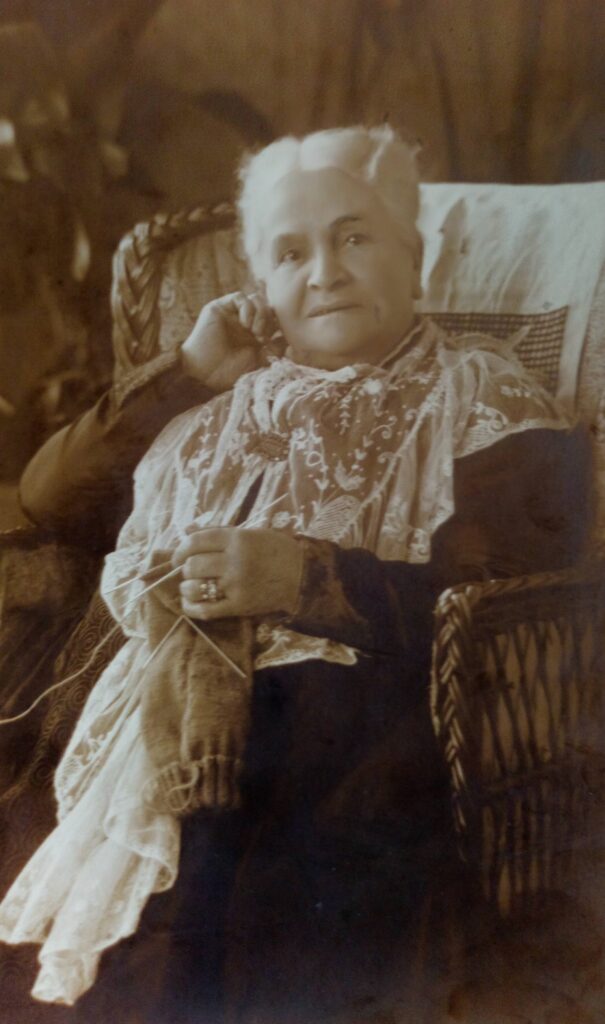
http://thecasualobserver.co.za/international-relationships/
Sources
Mr HB Smith of No. 7 Castle Hill (Looking Back, Vol III, March 1963, No. 1)
The Smith Notebooks (Looking Back, Vol IV, June 1964, No. 2)
Family history & photographs provided by Gillian Russell-Johansen and Angela Hidden

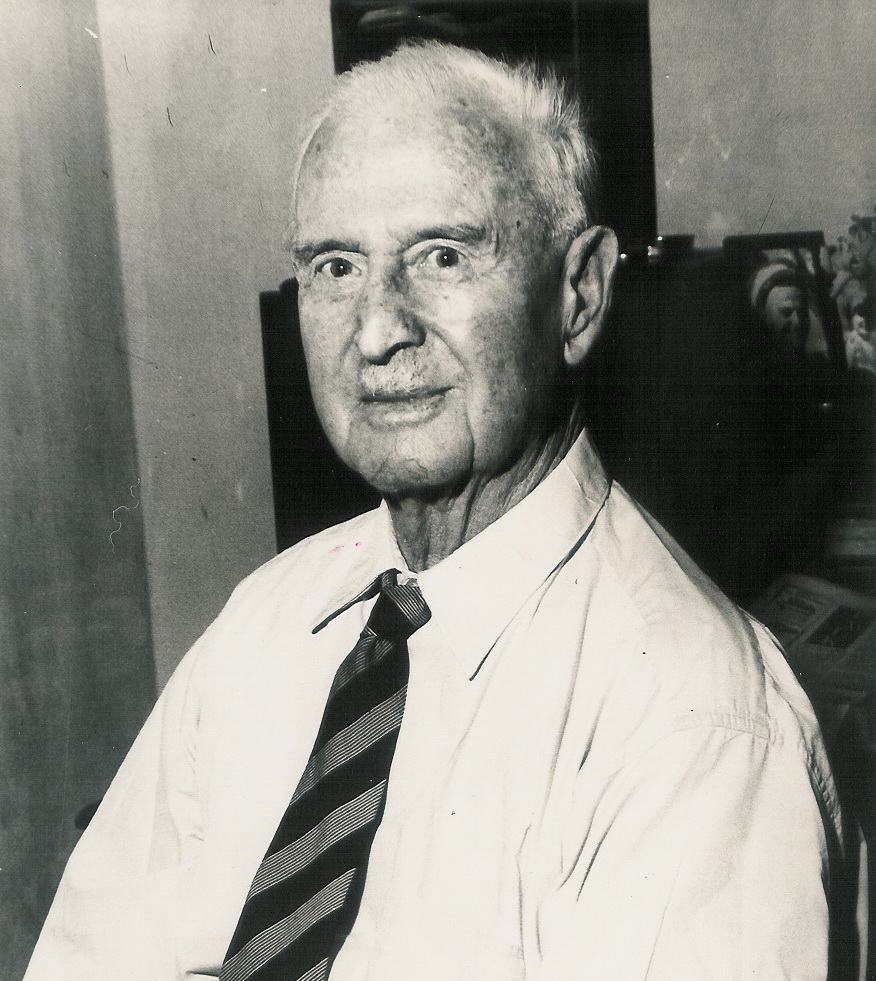



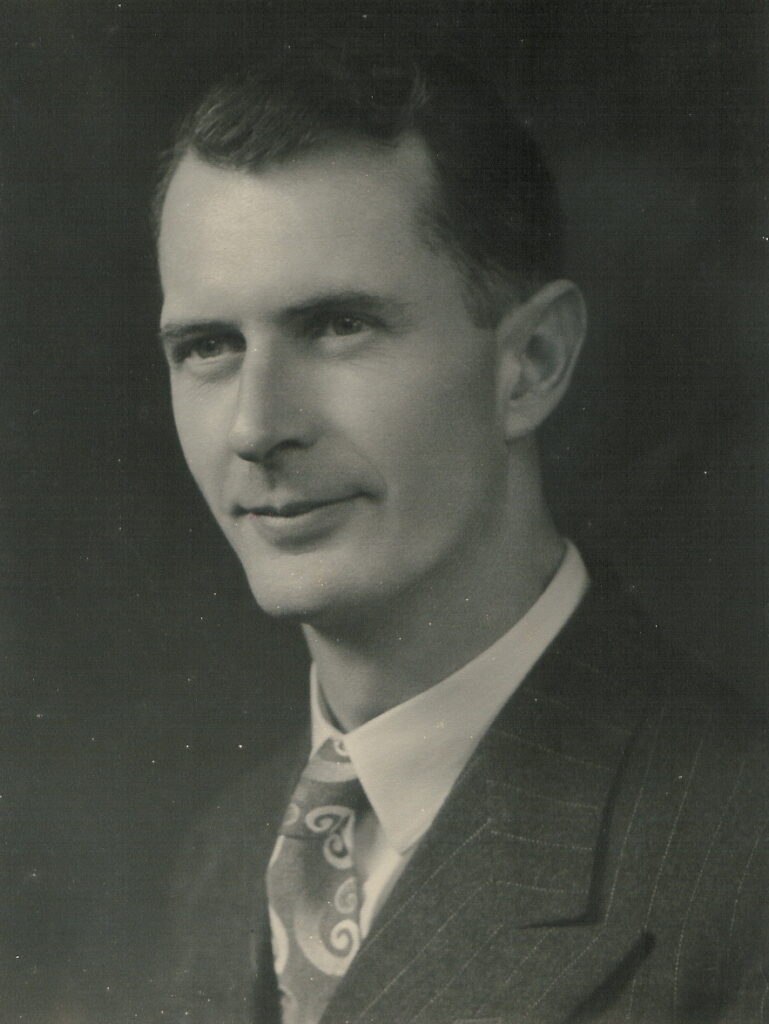
An amazing man
Hi Alan
If it was not for HB Smith the oldest house in PE which was erected by my great great grandfather would have been demolished.Read this blogwhich provides an overall context etc
http://thecasualobserver.co.za/port-elizabeth-of-yore-hb-smith-the-saviour-of-no-7-castle-hill/
REgards
Dean McCleland
Hi Dean,
Thanks for opening up interesting windows back into PE’s past – I left PE around 1950, spent holidays here when I was in primary school, & moved back to retire 11 years ago & have many pleasant memories of those days – Sunday newspapers at the Railway / Red Lion hotel in NE, watched the 1947 Royal tour from the hotel balcony, hunted in the large sheds at the back of the hotel which was home to ringworms & stray cats, saw the hotels water heating furnace downstairs, we had long walks on Saturdays to the harbor pier past many unloading docked ships & fisherman fishing on the opposite side – the promise of a dinky car or a comic kept me going on the long walk back. My grandfather would chuckle telling tales about seeing ships beached when he was my age.
Then there were large Guy Fauxe bomfires on the beach late into the night at the Willows & our large family camping holidays over Xmas – living in a tent where the restaurant now stands, & spending days living in the rock pool & clambering over the rocks.
For me cricket at Prince George’s was having all the swings to myself – a cricketer spitting out blood behind the stands after being hit in the mouth by a cricket ball & also those long pleasant walks around settlers park & watching the raging Baakens River cutting away the river banks.
Deon I’ve been trying to establish where the St Albans Air base (maritime patrol base) was situated – it was constructed on the lower part of the farm my grandparents rented & had 3 runways (XI runway layout) & was completed in 1943 – I think St Albans prison was eventually built there? Ron Belling shows 2 Anson’s flying over the runway in his painting.
Cheers & thanks,
Seaton
Hi Seaton
I know very little about this airfield apart from what I have written
http://thecasualobserver.co.za/port-elizabeth-yore-airfields/
Dean McCleland
082 801 5446